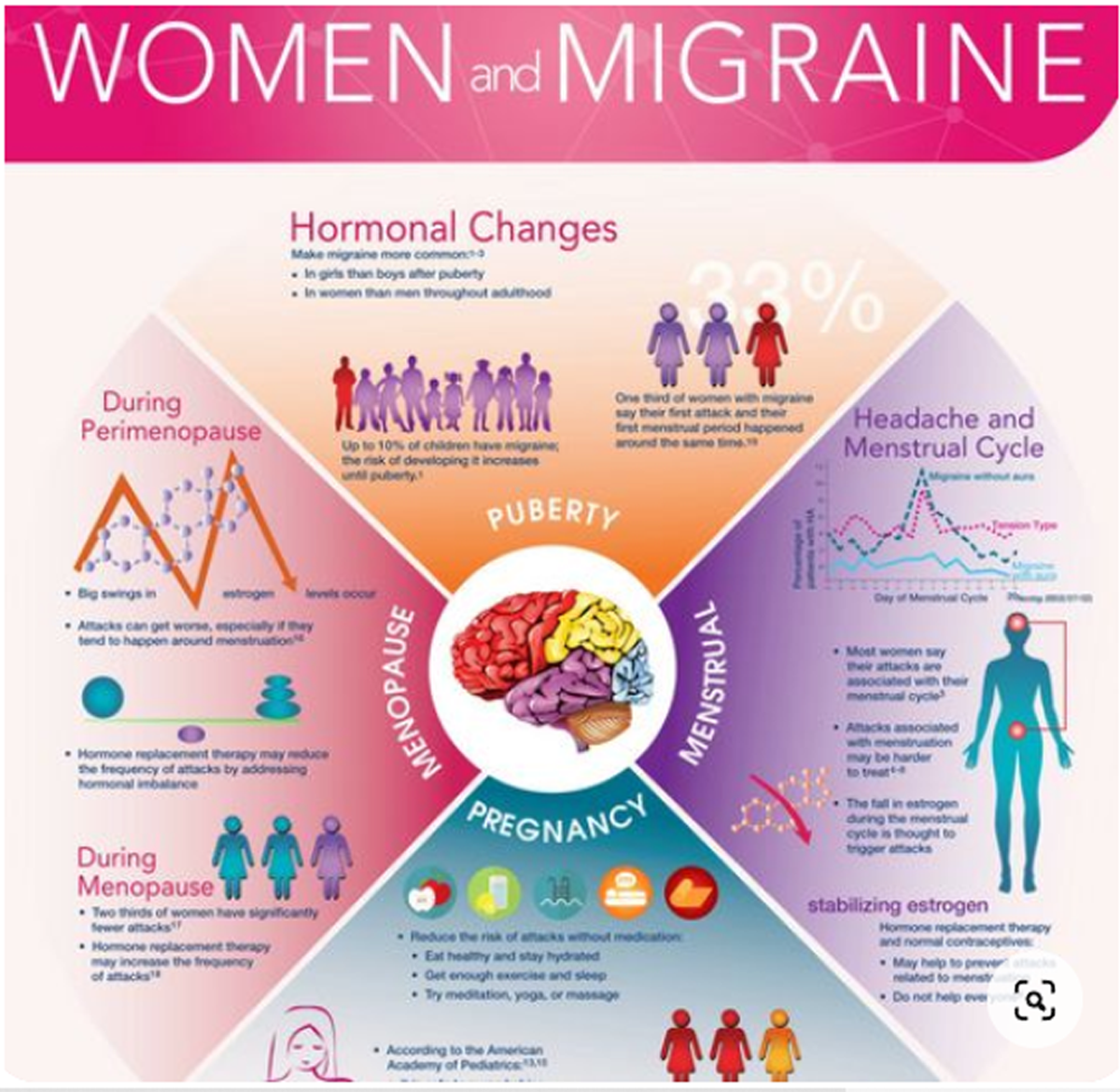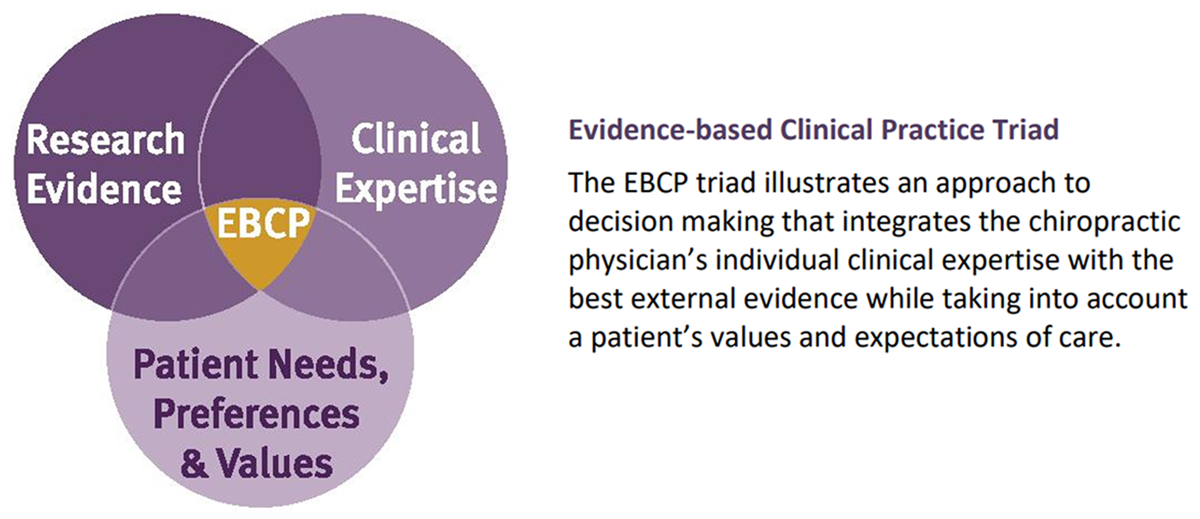Essential Literature for the Chiropractic Profession: Results and Implementation Challenges from a Survey of International Chiropractic Faculty
SOURCE: Journal of Chiropractic Education 2017 (Aug 2) [Epub]
Barbara A. Mansholt, DC, MS,
Stacie A. Salsbury, PhD, RN,
Lance G. Corber, MSITM,
and John S. Stites, DC
Palmer College of Chiropractic
1000 Brady Street,
Davenport, IA 52803
OBJECTIVE: Scientific literature applicable to chiropractic practice proliferates in quantity, quality, and source. Chiropractic is a worldwide profession and varies in scope between states or provinces and from country to country. It is logical to consider that the focus and emphasis of chiropractic education varies between programs as well. This original research study endeavored to determine “essential literature” recommended by chiropractic faculty. The purpose of this article is (1) to share our results and (2) to promote discussion and explore means for future collaboration of chiropractic faculty through a worldwide platform.
METHODS: A 2-phase recruitment occurred initially at the institutional level and subsequently at the faculty level. A Web-based survey used qualitative data collection methods to gather bibliographic citations. Descriptive statistics were calculated for demographics, and citation responses were ranked per number of recommendations, grouped into categories, and tabulated per journal source and publication date.
RESULTS: Forty-one chiropractic programs were contacted, resulting in 30 participating chiropractic programs (16 US and 14 international). Forty-five faculty members completed the entire survey, submitting 126 peer-reviewed publications and 25 additional citations. Readings emphasized clinical management of spine pain, the science of spinal manipulation, effectiveness of manual therapies, teaching of chiropractic techniques, outcomes assessments, and professional issues.
There are more articles like this @ our:
Make sure to review Table 2 which reports on the top 126 peer-reviewed submissions..
CONCLUSION: A systematic approach to surveying educators in international chiropractic institutions was accomplished. The results of the survey provide a list of essential literature for the chiropractic profession. We recommend establishing a chiropractic faculty registry for improved communication and collaboration.
KEYWORDS: Chiropractic; Education; Faculty; Internationality; Research; Survey and Questionnaires
From the Full-Text Article:
INTRODUCTION
The proliferation of the scientific literature poses a challenge to the clinician and educator who desires to be conversant in the research status of a profession. Our study aimed to develop a mechanism to identify and disseminate literature “essential” to the chiropractic profession. [1] Available research continues to grow at an astounding pace. [2] Literature affecting the practice of chiropractic is found in a wider variety of resources as research continues to evolve, as recently demonstrated in the American College of Physicians recent clinical guideline for acute, subacute, and chronic low back pain. [3] The quality of research available also continues to improve through the editorial use of transparency instruments available through the EQUATOR Network, such as CONSORT, STROBE, PRISMA, CARE, STARD, and AGREE, [4] and quality database resources, such as Cochrane Collaboration [5] and ClinicalTrials.gov. [6]
Chiropractic is a worldwide profession. In the United States, many chiropractic programs are private educational institutions and focused predominantly if not solely on the education of chiropractors and chiropractic staff. Internationally, chiropractic programs may exist independently or as part of a larger university system. Chiropractic practice varies in scope between states or provinces and from country to country. It is logical to consider that the focus and emphasis of chiropractic education, philosophy, and research varies between programs as well.
Our current students are the future leaders of our profession; we strive to know how they are molded. What we do not know, however, is whether how or when quality literature disperses through our educational system. Consequently, we wondered, what literature do chiropractic faculty deem “essential” for every chiropractor of which to be aware? The purpose of this study was to survey chiropractic faculty worldwide to determine what literature these faculty deem essential reading for chiropractors and chiropractic students. We share these results not only as a reference of teaching faculty “essential literature” but also to promote discussion and find ways for future collaboration of chiropractic faculty through a worldwide platform.
Read the rest of this Full Text article now!






Leave A Comment